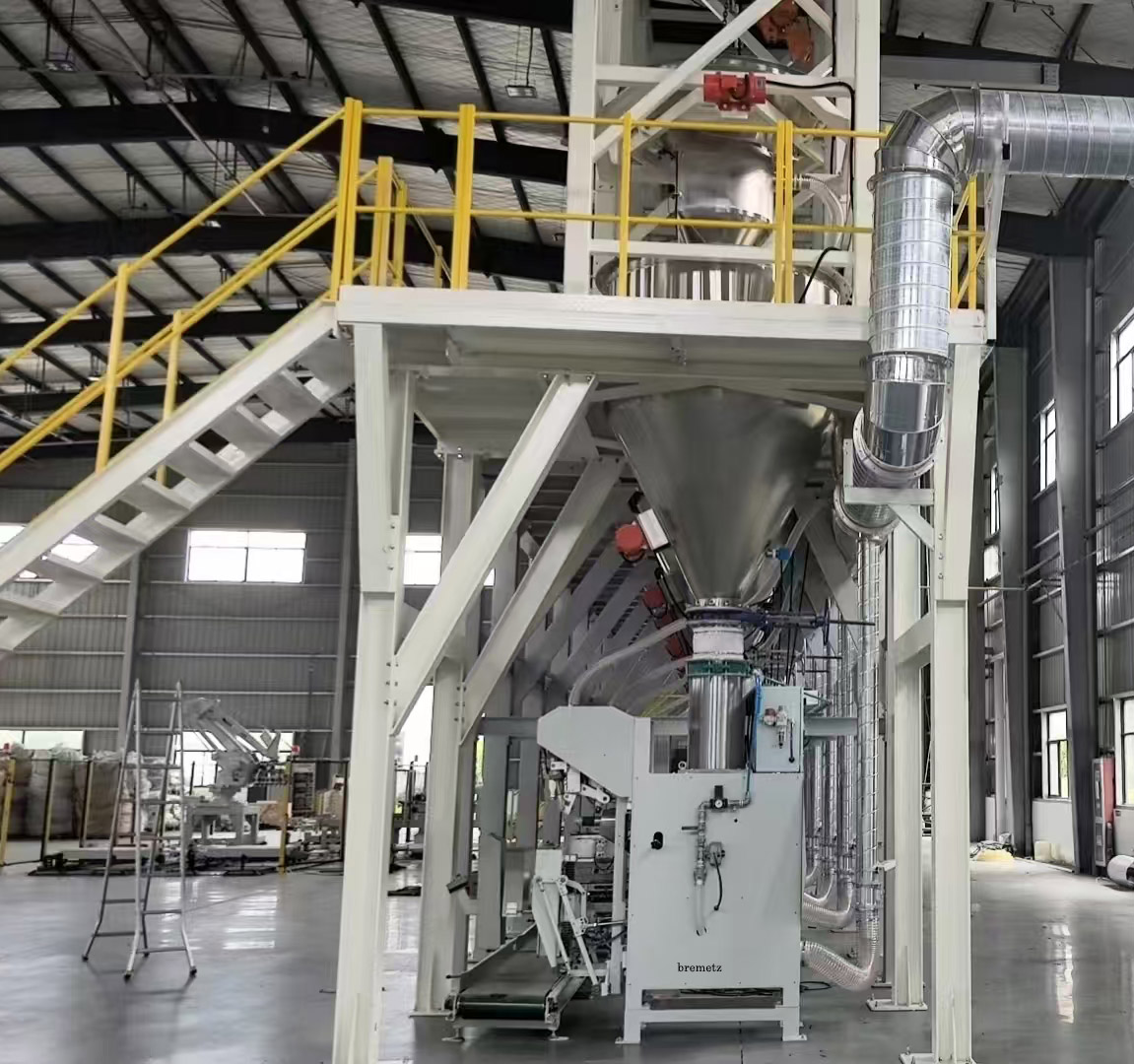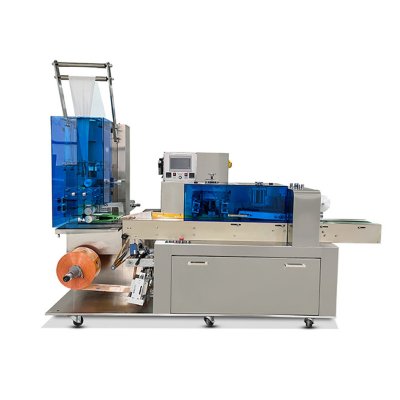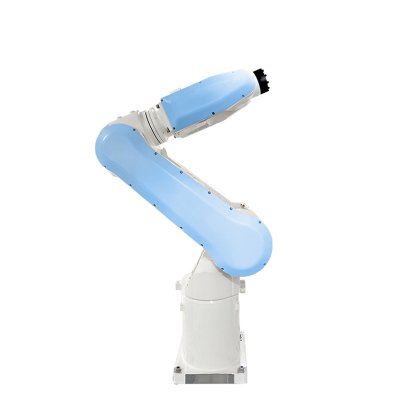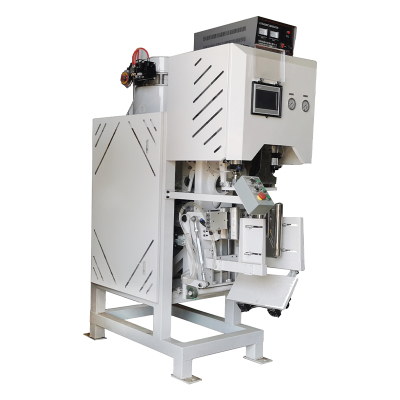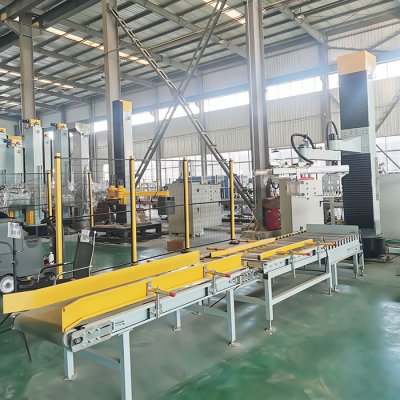filling & palletizing machine for cement gypsum lime sillica cellulose
The filling and palletizing production line produced by bremetz is mainly suitable for the filling and palletizing of the following building material powders:
1. Inorganic powder:
Cement: It is the most important cementitious material in construction, usually in powder form.
Gypsum: It is mainly used to make gypsum boards, putty, etc.
Lime: It is used to make lime mortar, lime plaster, etc.
Silica fume: It has volcanic ash activity and is often used as a concrete reinforcing agent.
Sand: Fine aggregate, an important component of concrete and mortar.
2. Metal powder:
Aluminum powder: It is used as an additive in some building materials, such as playing a lightweight and reinforcing role in concrete.
Zinc powder: It is used to make anti-corrosion coatings and galvanized steel.
3. Organic powder:
Cellulose powder: It is used to enhance the adhesion and workability of cement, mortar and plaster.
Starch ether: It is used to control rheology and improve construction performance.
Polyacrylamide: It is used as a rheology control agent and dispersant to improve the performance of mortar and concrete.
Dispersants: such as PCE dispersants, used to improve the fluidity and dispersibility of cement paste.
Air entraining agents: such as Vinapor® AE, used to increase the porosity of concrete and improve frost resistance.
4. Other powders:
Various pigments and dyes: used for architectural coatings and decorative materials.
Fillers: such as quartz powder, talcum powder, etc., used to improve the physical properties of materials.
Nano materials: such as nano-silicon dioxide, nano-titanium oxide, etc., used to enhance the strength, durability and functionality of materials.
The filling and palletizing production line produced by bremetz is mainly suitable for the filling and palletizing of the following building material powders:
1. Inorganic powder:
Cement: It is the most important cementitious material in construction, usually in powder form.
Gypsum: It is mainly used to make gypsum boards, putty, etc.
Lime: It is used to make lime mortar, lime plaster, etc.
Silica fume: It has volcanic ash activity and is often used as a concrete reinforcing agent.
Sand: Fine aggregate, an important component of concrete and mortar.
2. Metal powder:
Aluminum powder: It is used as an additive in some building materials, such as playing a lightweight and reinforcing role in concrete.
Zinc powder: It is used to make anti-corrosion coatings and galvanized steel.
3. Organic powder:
Cellulose powder: It is used to enhance the adhesion and workability of cement, mortar and plaster.
Starch ether: It is used to control rheology and improve construction performance.
Polyacrylamide: It is used as a rheology control agent and dispersant to improve the performance of mortar and concrete.
Dispersants: such as PCE dispersants, used to improve the fluidity and dispersibility of cement paste.
Air entraining agents: such as Vinapor® AE, used to increase the porosity of concrete and improve frost resistance.
4. Other powders:
Various pigments and dyes: used for architectural coatings and decorative materials.
Fillers: such as quartz powder, talcum powder, etc., used to improve the physical properties of materials.
Nano materials: such as nano-silicon dioxide, nano-titanium oxide, etc., used to enhance the strength, durability and functionality of materials.
The cement gypsum powder filling and palletizing production line is a key equipment for packaging and stacking in the later stage of cement production. It is mainly used to automatically fill bulk cement into bags, and palletize and store them. The following are the core components, work processes and technical points of the production line:
I. Core components
1. Filling system
Quantitative feeder: accurately control the weight of each bag of cement (usually 50kg/bag) through screw conveying or gravity feeding.
Packing machine: adopts open bag or valve bag packaging, equipped with weighing sensor (accuracy ±0.2%~0.5%).
Sewing bag/heat sealing machine: automatically sew the bag mouth or heat seal.
2. Conveying system
Belt/chain conveyor: transport the filled cement bags to the palletizing area, with deviation correction and dust removal functions.
Steering/sorting device: adjust the direction of the bag or sort out defective products according to palletizing requirements.
3. Automatic palletizing system
Robotic palletizing (mainstream): 4-axis industrial robot (bremetz) with suction cups or grippers to adapt to different bag types.
Mechanical palletizer: stacking is controlled by servo motors, suitable for low-budget scenarios.
Pallet library: automatically supplies empty pallets (wood/plastic), compatible with multiple specifications (such as 1200×1000mm).
4. Control system
PLC+touch: control filling accuracy, palletizing path and fault alarm.
Vision system (optional): detect bag mouth sealing or pallet shape uniformity.
5. Dust removal and environmental protection system
Pulse bag dust collector: collects dust during filling and conveying to ensure that the working environment meets PM10 standards.

